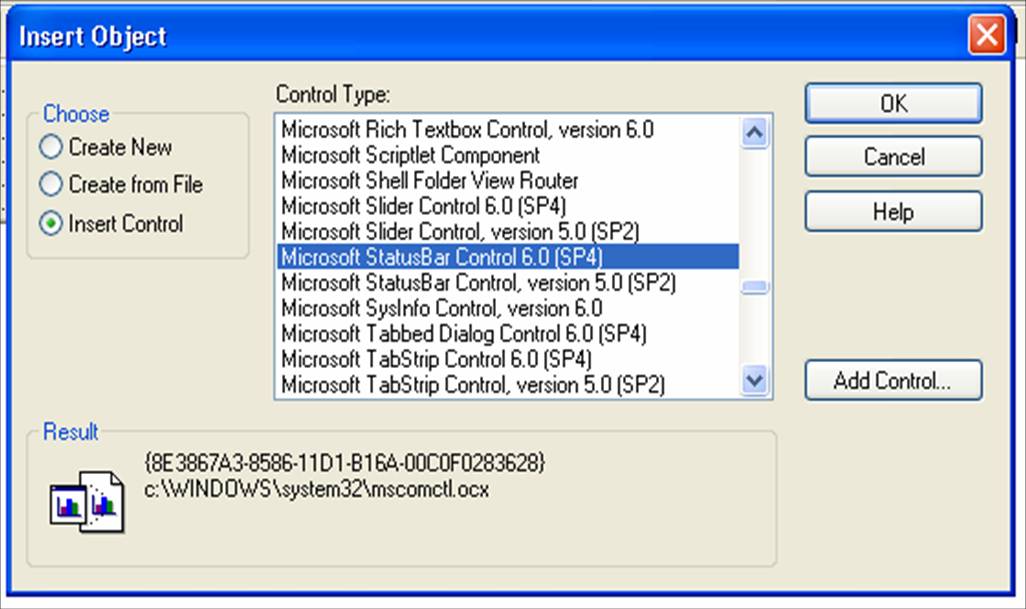Contoh Program Dengan Visual Foxpro Database For Windows

Tutorial: Creating A Multi-User Network Application Tutorial: Creating A FoxPro Multi-User Application Dr. Hicks Computer Science Department Trinity University Background Information & Other Tutorials For purposes of this tutorial, we shall start with the single user application created in the following tutorial. 1] Our RestaruantApp still resides in folder. (See Below!) 2] The Project may be seen below: Open The Database & Tables Exclusively 1] By default the Use command opens the database in exclusive mode.
Rgb naar ral converteren. Type your color in the box in the left, it doesn't matter the format and how you space the values. You can also try with a keyword. Now convert this color / search this keyword pressing the buttons below the search box!
A second user may not open either the database or the table. Note the exclusive on the status bar. Open Database Rest Use Data Rest Order Name Open The Database & Tables Shared 1] Let us now attempt to open database Rest and table Rest simultaneously on two foxpro appplications. These applications my be on two different computers; they may also be on the same computer as illustrated below. Open Database Rest Shared Use Data Rest Shared Order Name 2] No longer does it say exclusive at the bottom of the status bar. The active record on both applications is record 1 of 54. Any function or form that enables the user to alter a record automatically lock the record as soon as a change is initiated.
Mar 13, 2018 - Sya bljar dengan foxpro 9 dan database mysql. Berati setiap program visual punyanya microsoft hnya mencapai 64. Download program contoh.
Edit and Change are two such functions. In the screen capture below, The top user is going to and a 2 is added to the end of the restaurant name; you can see Record Locked in the status bar as soon as the change is initiated. Once a user locks the record while making a change, it shall stay locked until the user moves to the next record.(See Below!) 3] Fortunately, locking the record does not prevent the other users from searching,running reports, running labels, examining data, or selection type queries.
Click to enlarge Elna SP ST SU Book 2 Instruction Manual / 12 / /.. Click to enlarge Elna Pro 4 DC DE Instruction Manual / 13 / /.. Program free.
As you can see below, the bottom user can attempt to edit the same record and shall be successful until he/she attempts to make a change. (See Below!) 4] When the bottom user attempts to add a 2 to the end of the city Odessa, he/she gets a message Attempting To Lock. Press Esc To Cancel. As soon as the top exits or moves on to another record, the bottom user will get a lock and be able to make his/her change. Really 'klugy' at this stage.
(See Below!) 5] In the screen capture below, the top user finished editing record 1 and closed the edit window; the bottom user received a lock on record 1 and is able to make his/her change to Odessa. (See Below!) 6] Forms only compound these problems! Two Form Modes - Edit Mode & Normal Mode 1] There are two basic modes.

• The Edit Mode shall lock the current database record and permit changes to that record. • Options within this mode shall be only Cancel & Save • The Normal Mode shall enable the user to • Options within this mode shall be all else ==> Next, Previous, Top, Bottom, Search, Print, Browse, Edit, Add, Delete, Exit, etc.
2] For educational purposes, let us add two temporary buttons to our Rest form. (See Below!) • The valid event for the Edit Mode button should be Do SetEditMode • The valid event for the Normal Mode button should be Do SetNormalMode Normal Mode Should Allow No Option To Change The Record Fields - Scatter Memvar Memo 1] It is customary to work with a copy of the data in the edit mode; this greatly facilitates the ease of canceling the process with no damage to the original data. Some databases, such as FoxPro, have the option to easily create a set of local variables which contain a copy of the information in the current record; this function is called Scatter in the x-base languages. In other database applications, such as Access, the programmer has to manually create and assign the needed local variables.